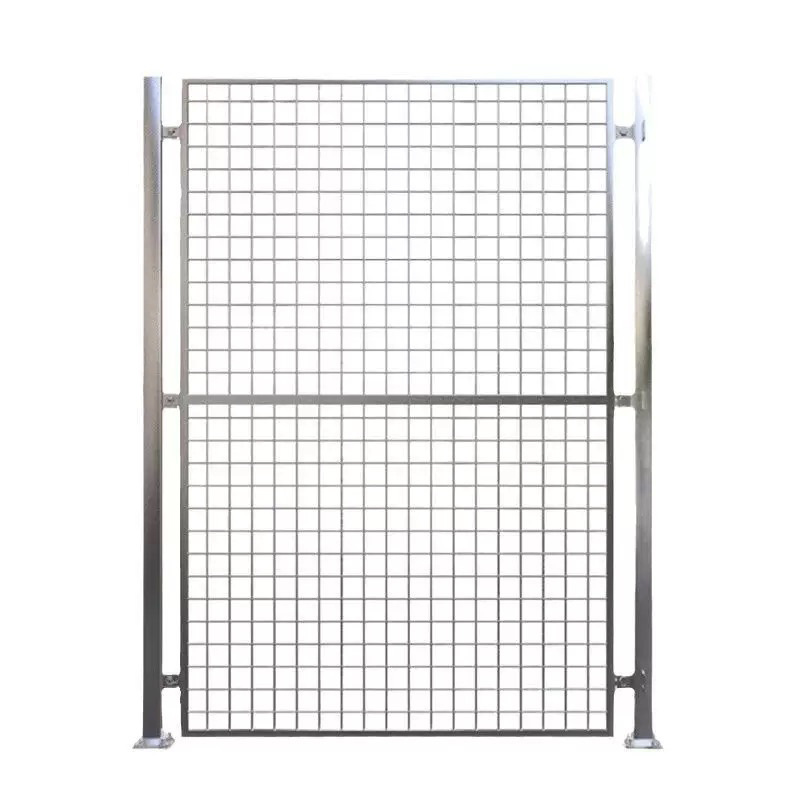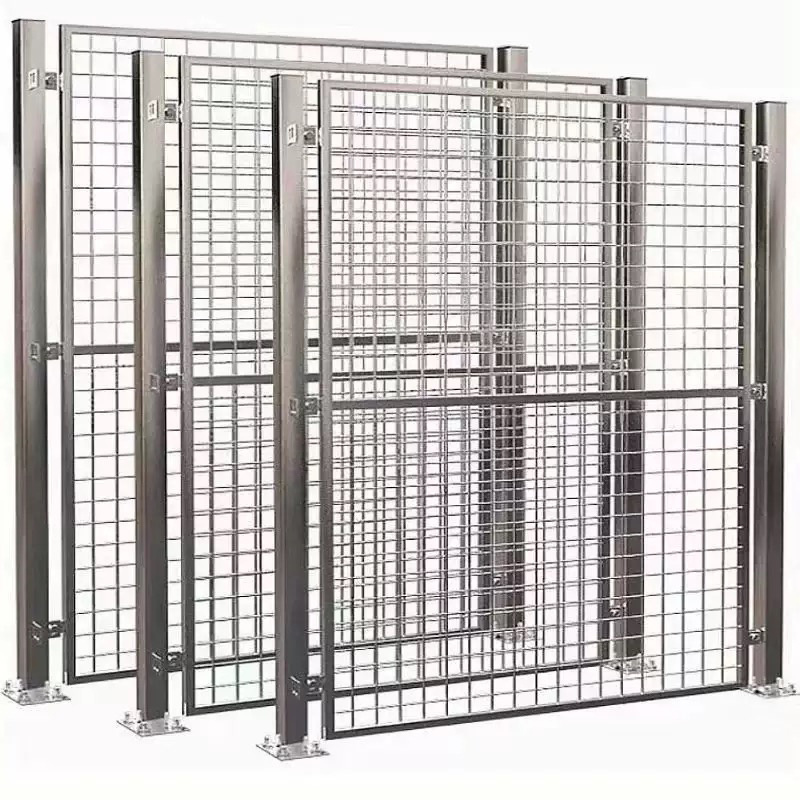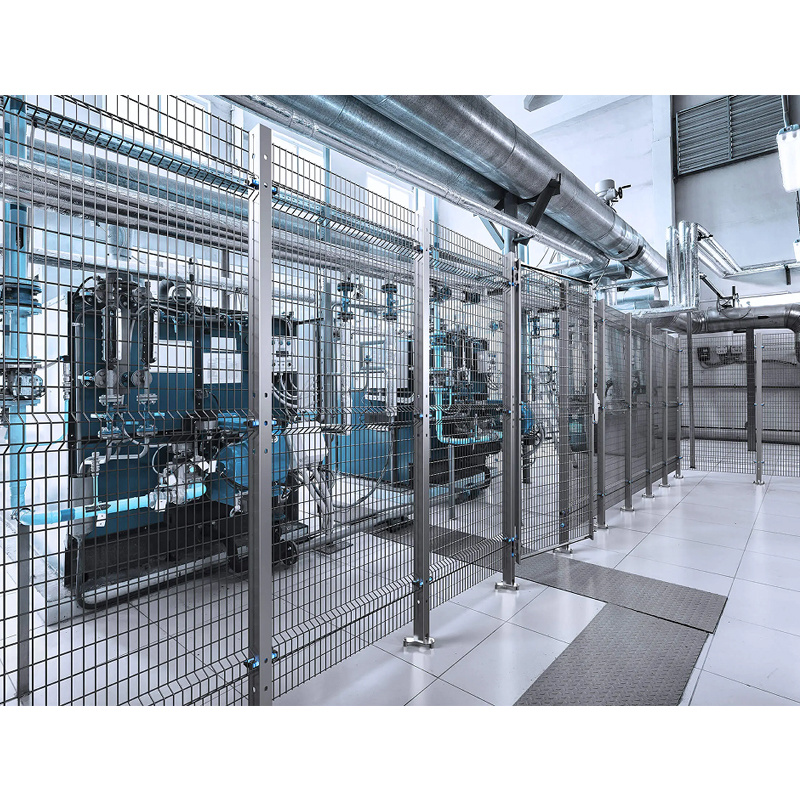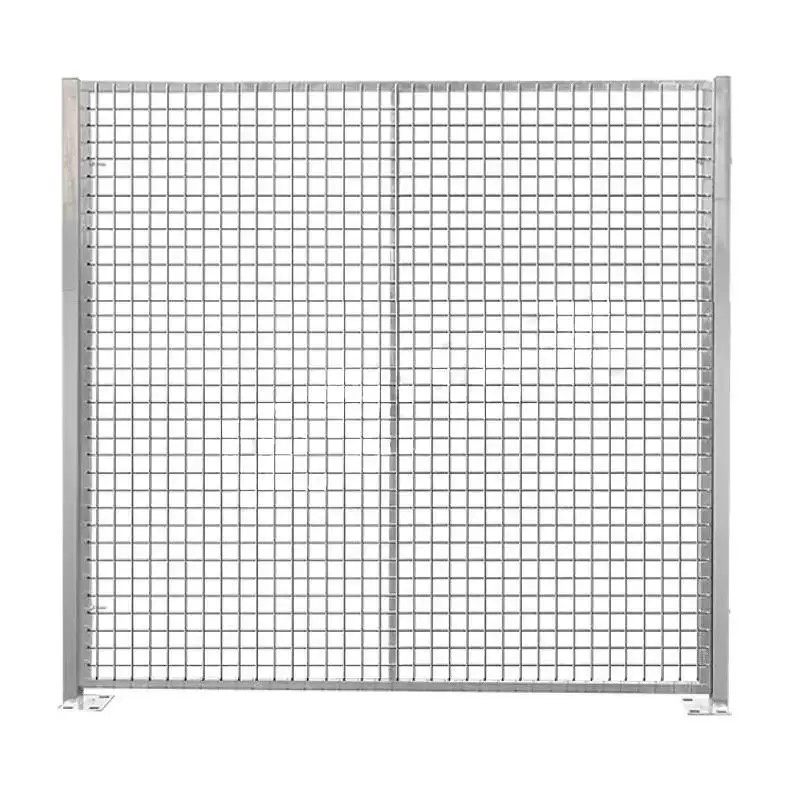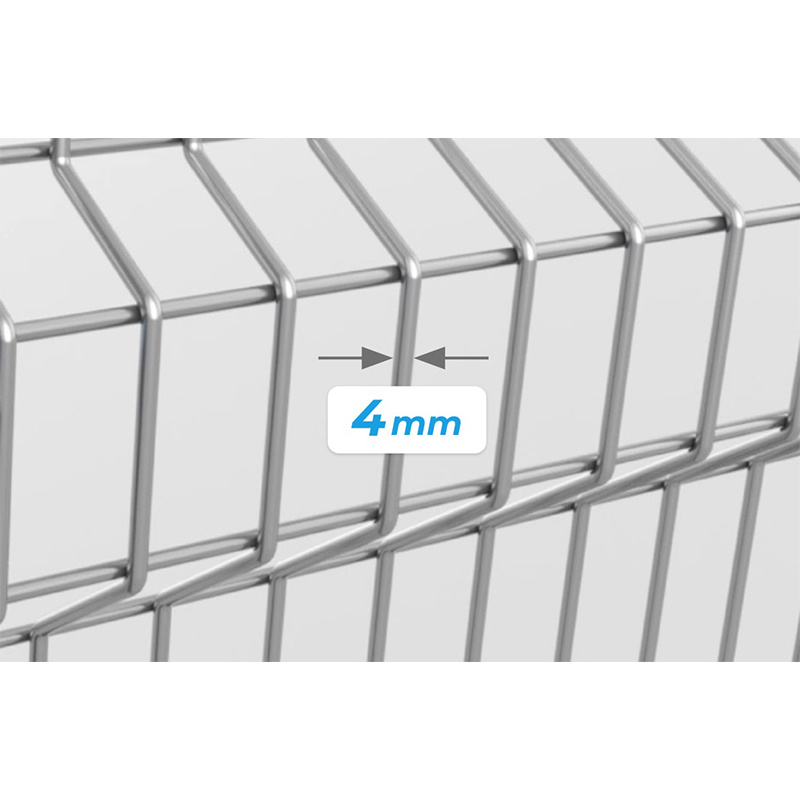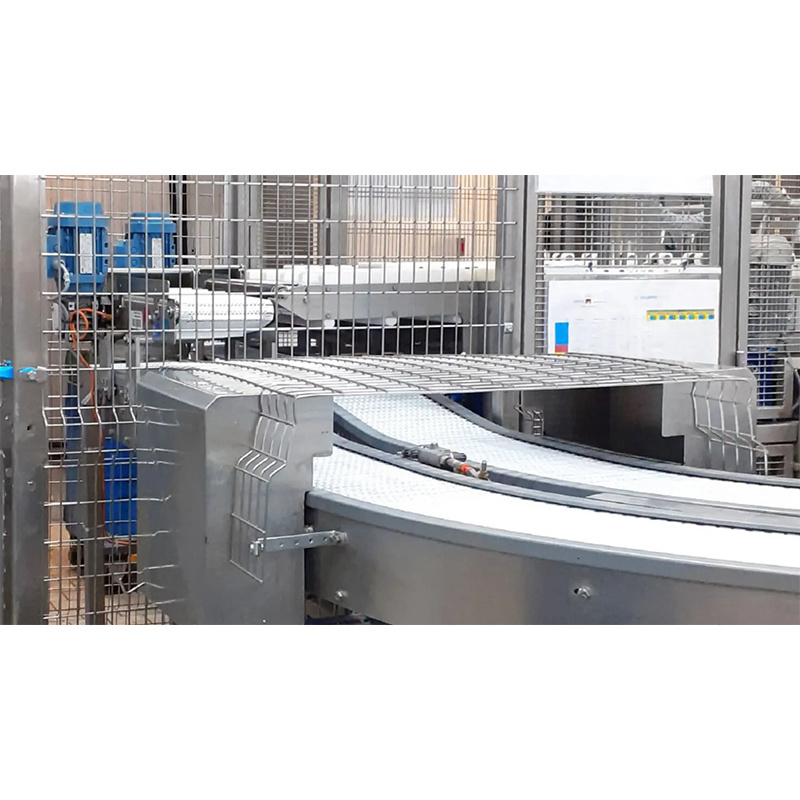Exploring the Versatility and Benefits of 3D Bending Fences in Architectural Design
Release Time:
Jul 31,2025
In the realm of architectural design, aesthetics and functionality must work hand in hand to create appealing and practical spaces. One innovative solution that has gained traction in recent years is the use of 3D bending fences. These uniquely designed fences offer a blend of creative design elements and practical benefits, making them an excellent choice for a variety of building and decoration
In the realm of architectural design, aesthetics and functionality must work hand in hand to create appealing and practical spaces. One innovative solution that has gained traction in recent years is the use of 3D bending fences. These uniquely designed fences offer a blend of creative design elements and practical benefits, making them an excellent choice for a variety of building and decoration projects, especially in the context of partitions and ceilings.
3D bending fences are characterized by their ability to incorporate curves and bends, allowing for a more organic and fluid look in design. This flexibility not only enhances the visual appeal of spaces but also enables architects and designers to experiment with different shapes and profiles that can complement the overall architectural vision. The dynamic forms of these fences can serve as striking focal points, guiding the eye and creating a sense of movement within a space.
One of the primary benefits of using 3D bending fences is their adaptability. They can be customized to fit various applications, from interior partitions to exterior enclosures. The versatility of these fences means they can be used in residential, commercial, and industrial projects alike. Whether used to delineate spaces within an office or to provide a stylish boundary in a garden, 3D bending fences can enhance both function and form.
Furthermore, 3D bending fences can also contribute to improved acoustics in certain environments. Their unique shapes can help diffuse sound waves, making them an ideal choice for spaces where noise control is essential, such as offices or educational facilities. This adds another layer of practicality, allowing designers to create environments that are not only visually striking but also conducive to comfort and productivity.
When considering the materials for 3D bending fences, it is crucial to select options that align with the desired aesthetic and functional outcomes. Materials can vary widely, from lightweight composites to robust metals, each offering different properties that can influence durability, maintenance, and overall appearance. Understanding the characteristics of different materials will help in selecting the right option for specific projects.
In summary, 3D bending fences represent an exciting intersection of creativity and practicality in architectural design. Their unique forms and adaptable nature make them suitable for a wide range of applications within the building and decoration industry. By incorporating 3D bending fences into your designs, you can create visually appealing and functional spaces that stand out in today's competitive market. Embracing this innovation can lead to a more dynamic and engaging environment that resonates with users and enhances overall experiences.
3D bending fences are characterized by their ability to incorporate curves and bends, allowing for a more organic and fluid look in design. This flexibility not only enhances the visual appeal of spaces but also enables architects and designers to experiment with different shapes and profiles that can complement the overall architectural vision. The dynamic forms of these fences can serve as striking focal points, guiding the eye and creating a sense of movement within a space.
One of the primary benefits of using 3D bending fences is their adaptability. They can be customized to fit various applications, from interior partitions to exterior enclosures. The versatility of these fences means they can be used in residential, commercial, and industrial projects alike. Whether used to delineate spaces within an office or to provide a stylish boundary in a garden, 3D bending fences can enhance both function and form.
Furthermore, 3D bending fences can also contribute to improved acoustics in certain environments. Their unique shapes can help diffuse sound waves, making them an ideal choice for spaces where noise control is essential, such as offices or educational facilities. This adds another layer of practicality, allowing designers to create environments that are not only visually striking but also conducive to comfort and productivity.
When considering the materials for 3D bending fences, it is crucial to select options that align with the desired aesthetic and functional outcomes. Materials can vary widely, from lightweight composites to robust metals, each offering different properties that can influence durability, maintenance, and overall appearance. Understanding the characteristics of different materials will help in selecting the right option for specific projects.
In summary, 3D bending fences represent an exciting intersection of creativity and practicality in architectural design. Their unique forms and adaptable nature make them suitable for a wide range of applications within the building and decoration industry. By incorporating 3D bending fences into your designs, you can create visually appealing and functional spaces that stand out in today's competitive market. Embracing this innovation can lead to a more dynamic and engaging environment that resonates with users and enhances overall experiences.
Hot Products


